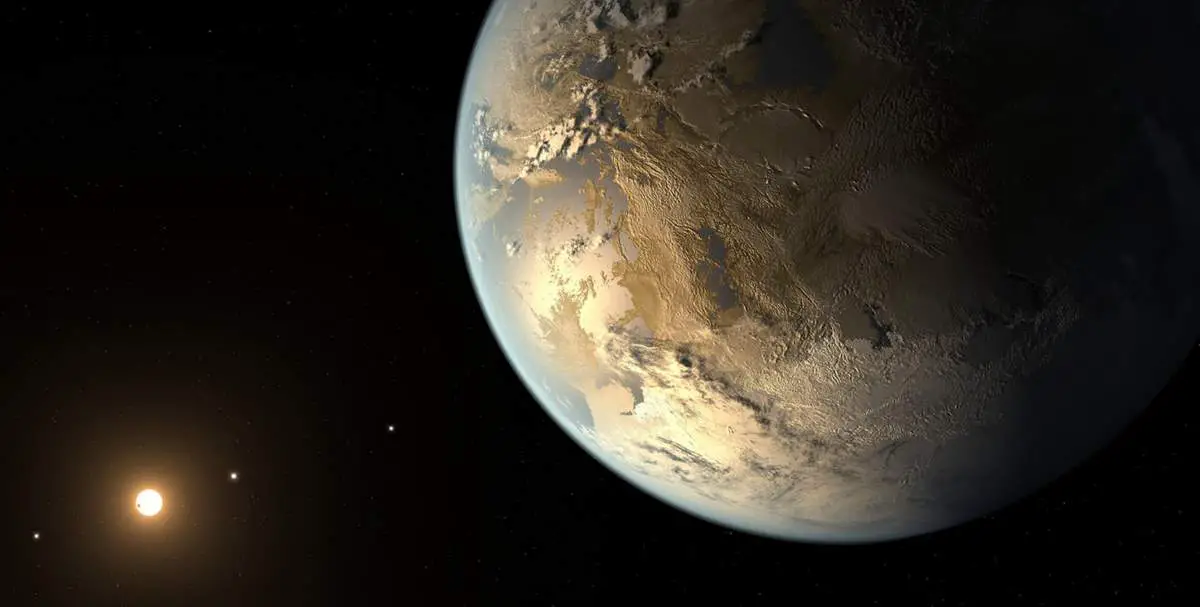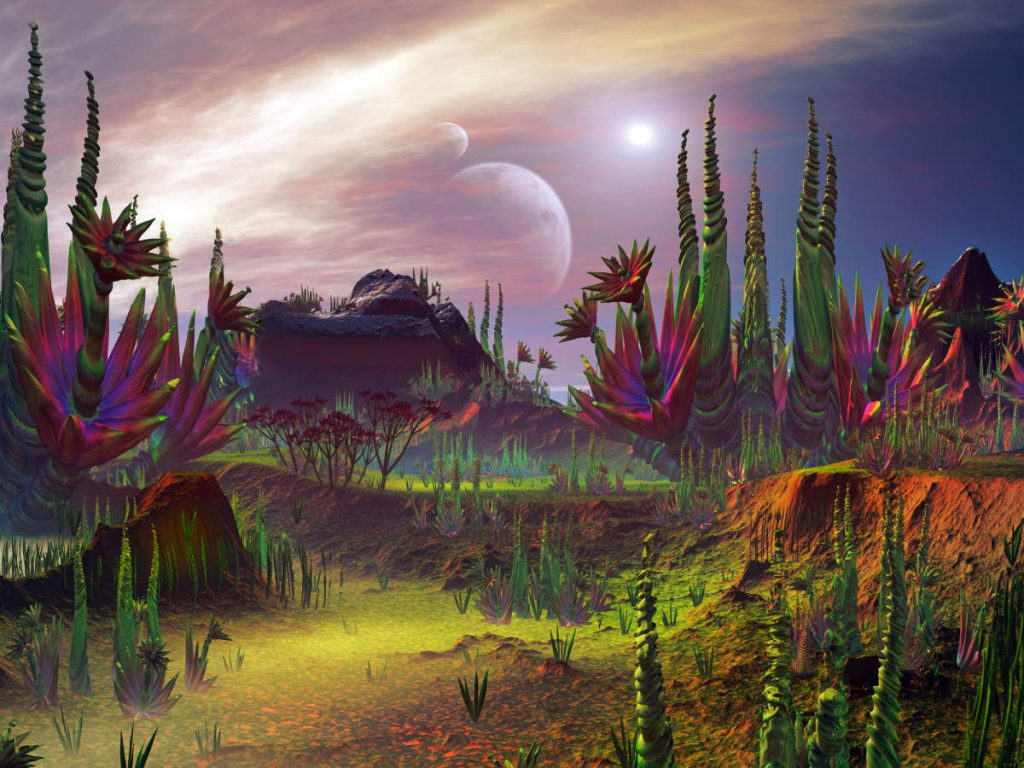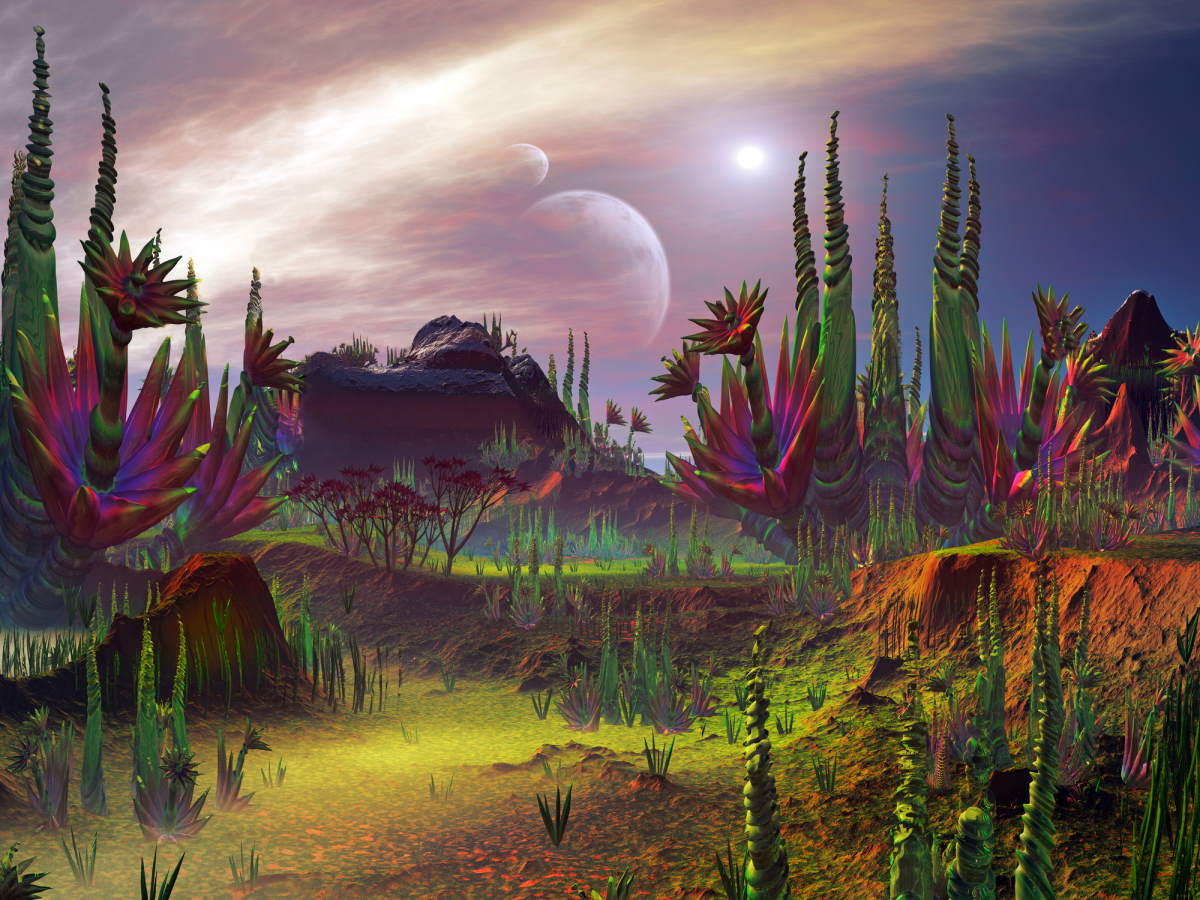Are we alone in the Universe? Or do any other life forms exist out there? A new study, published in the Proceedings of the National Academy of Sciences of the United States of America (PNAS, see notes 1) suggests that life emerged so early on Earth, so it should be widespread. In other words, the Universe should be filled with life.
The story goes back to the year 1982 when UCLA Scholar and Pioneer in Study of the Evolution of Life, J. William Schopf collected 3.465-billion-year-old fossils from the Apex Chert in
However, a new study, led by J. William Schopf and published on December 18, 2017, shows that they were indeed the earliest life forms ever known. The researchers used an instrument called the secondary ion mass spectrometer (SIMS, also known as the ion microprobe) to analyze the findings.
The spectrometer is one of only a few in the world. It measures the ratio of carbon-12 to carbon-13 isotopes, thus helping the scientists determine the microbes’ anatomies. According to the study, within 11 microbial fossils, two of the species appear to have performed a primitive and earliest form of photosynthesis. Another specimen

To analyze the microorganisms, the researchers used an instrument called a secondary ion mass spectrometer (SIMS) – one of only a few in the world. By measuring the ratio of carbon-12 to carbon-13 isotopes, SIMS helped the scientists determine the microbes’ anatomies and revealed how they lived.
The new study shows that two of the species appear to have performed a primitive form of photosynthesis, another apparently produced methane, a natural substance that can be produced over time through biological routes, and two others appear to have consumed methane and used it to build their cell walls.
Life should be common in the Universe
Schopf says: “By 3.465 billion years ago, life was already diverse on Earth; that’s clear. This tells us life had to have begun substantially earlier, and it confirms that it was not difficult for primitive life to form and to evolve into more advanced microorganisms.”
So, it seems that life started very early here on Earth. And, today we know that the universe contains at least 2 trillion galaxies (some researchers, for example, David Kornreich, an assistant professor at Ithaca College in New York State, thinks the number is much higher. He estimates that the number should be at least 10 trillion).
There are around 100 billion stars in each galaxy, around 5%-20% of all stars are Sun-like, and at least 22% of Sun-like stars harbor Earth-size planets orbiting in their habitable zones according to a recent study. So, there should be at least sextillions of Earth-like planets in the universe. Combining that with the results of the study, Schopf says:
“If the conditions are right, it looks like life in the universe should be widespread”.

Notes
- Proceedings of the National Academy of Sciences of the United States of America (PNAS) is the official scientific journal of the National Academy of Sciences, published since 1915.
Sources
- Study: “SIMS analyses of the oldest known assemblage of microfossils document their taxon-correlated carbon isotope compositions” on Pnas.org
- Proceedings of the National Academy of Sciences of the United States of America on W
ikipedia - “Fossils suggest a universe filled with life” on EarthSky.org
- “Oldest fossils ever found suggest life in the universe is common” on Astronomy.com
- Space Shuttle Endeavour’s Touchdown Meets Columbia’s Salute [An amazing photo from the past] - February 29, 2024
- Moon Landings: All-Time List [1966-2024] - February 23, 2024
- From Orbit to Ordinary: 10 Earthly Applications of Space Technology - January 23, 2024

